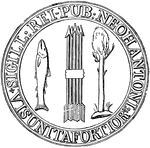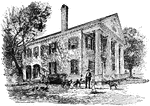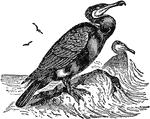
Double-crested Cormorant
The Double-crested Cormorant (Phalacrocorax auritus) is a member of the cormorant family of seabirds.…
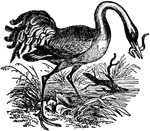
Crane
Cranes are large, long-legged and long-necked birds of the order Gruiformes, and family Gruidae. Unlike…

House Cricket Larva
An illustration of a house cricket larva. Acheta domesticus (house cricket) is a cricket native to Europe.…

House Cricket Pupa
An illustration of a house cricket pupa. Acheta domesticus (house cricket) is a cricket native to Europe.…
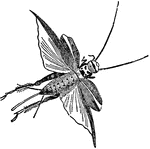
House Cricket
Acheta domesticus (house cricket) is a cricket native to Europe. Both sexes of this grey or brown cricket…
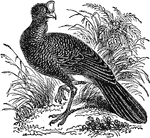
Curassow
Curassows are one of the three major groups of cracid birds. Three of the four genera are restricted…
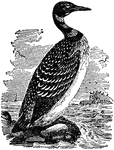
Great Northern Diver
The Great Northern Diver, known in North America as the Common Loon (Gavia immer), is a large member…

Combined Arms of the Washington Family
The coat of arms of George Washington, President of the United States of America from 1789 to 1797,…
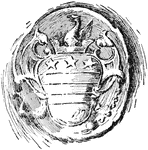
Washington's Seal (From a Letter to Bouquet, 1758)
Washington's Seal incorporates the same design which can be found in Washington's Arms. The coat of…
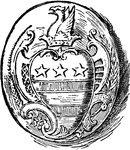
Washington's Private Seal, 1783
Washington's Private Seal incorporates the same design which can be found in Washington's Arms. The…

Washington Arms
The coat of arms of George Washington, President of the United States of America from 1789 to 1797,…
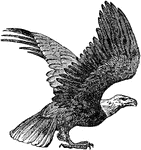
Bald Eagle
The Bald Eagle (Haliaeetus leucocephalus) is a bird of prey found in North America that is most recognizable…
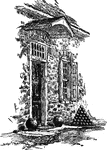
Entrance to Washington's Headquarters, Newburgh
Hasbrouck House served as Washington's headquarters during the Revolutionary War from April 1782 until…

Mackinaw from Round Island
Fort Michilimackinac or Fort Mackinaw was an 18th century French, and later British, fort and trading…
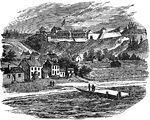
Fort Mackinaw
Fort Michilimackinac or Fort Mackinaw was an 18th century French, and later British, fort and trading…

Great Earthwork near Newark, Ohio
An unknown people inhabited the central portion of North America at an unknown period in its history.…

Seal of New Netherland
New Netherland, 1614–1674, is the name of the former Dutch territory on the eastern coast of North…
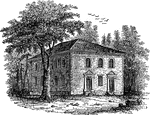
Pohick Church
Pohick was the first permanent church in the colony to be established north of the Occoquan River, sometime…
![John Wesley (28 June [O.S. 17 June] 1703 – 2 March 1791) was an Anglican cleric and Christian theologian who was the founder of the (Evangelical) Arminian Methodist movement. "Methodism" was originally an unflattering nickname of the "Holy Club" at Oxford University founded by Charles Wesley but led by brother John. Methodism was well advanced in England through George Whitefield who had taken over the responsibility of the Holy Club while the Wesley brothers were in Savannah, Georgia British North America.](https://etc.usf.edu/clipart/57500/57587/57587_john_wesley_mth.gif)
John Wesley
John Wesley (28 June [O.S. 17 June] 1703 – 2 March 1791) was an Anglican cleric and Christian…
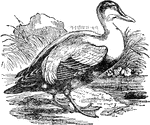
Eider Duck
The Common Eider, Somateria mollissima, is a large (50-71cm body length) sea-duck, which is distributed…
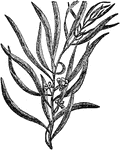
Eucalyptus
Eucalyptus is a diverse genus of trees (and a few shrubs), the members of which dominate the tree flora…

Eupatorium cannabinum
Eupatorium cannabinum, commonly known as Hemp-agrimony, is a herbaceous plant of the family Asteraceae.…
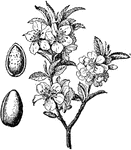
Almond Tree and Fruit
The almond is native to Iran, from northwestern Saudi Arabia, north through western Jordan, Israel,…

Crocus
Crocus (plural: crocus, crocuses) is a genus of perennial flowering plants, native to a large area from…

Valerian
Valerian (Valeriana officinalis, Valerianaceae) is a hardy perennial flowering plant, with heads of…
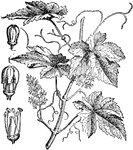
European Grape
Vitis vinifera (Common Grape Vine) is a species of Vitis, native to the Mediterranean region, central…
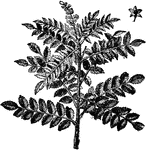
Tanner's Sumac Branch
Sumac is any one of approximately 250 species of flowering plants in the genus Rhus and related genera,…

Eastern Black Oak Branch
Eastern Black oak (Quercus velutina), or more commonly known as simply Black Oak is an oak in the red…
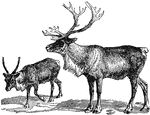
Reindeer
The reindeer (Rangifer tarandus), also known as the caribou when wild in North America, is an Arctic…

Mole
Moles are the majority of the members of the mammal family Talpidae in the order Soricomorpha. Although…

Troops Landing at Newbern
The Battle of New Bern was fought on 14 March 1862, near the city of New Bern, North Carolina, as part…

Courthouse and City Hall, Wilmington, North Carolina
The courthouse and City Hall of Wilmington, North Carolina.
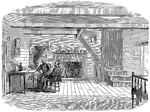
Johnston's Surrender
In light of overwhelming enemy strength and the relatively heavy casualties his army suffered in the…
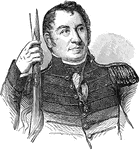
John Stricker
John Stricker (1758-1825) was a Maryland militia officer who fought in both the American Revolutionary…
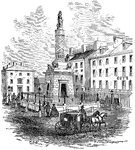
Battle of North Point Monument
A monument for The Battle of North Point, fought on September 12, 1814.
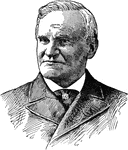
Francis Parkman
Francis Parkman (September 16, 1823 – November 8, 1893) was an American historian, best known…
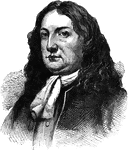
William Penn
William Penn (October 14, 1644 – July 30, 1718) was founder and "Absolute Proprietor" of the Province…

Burbot
The burbot (Lota lota), is the only freshwater member of the cod family, gadidae. It is most common…

Brook Trout
The brook trout, Salvelinus fontinalis, (sometimes called the eastern brook trout, Adirondack coaster…

Halibut
A halibut is a type of flatfish from the family of the right-eye flounders (Pleuronectidae). This name…

Gourami
The gourami or gouramies are a family, Osphronemidae, of freshwater perciform fishes. The fish are native…

Sturgeon
Sturgeon is the common name used for some 26 species of fish in the family Acipenseridae, including…
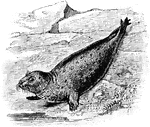
Gray Seal
The Gray Seal (Halichoerus grypus) is a large mammal in the Phocidae family of true seals.
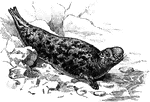
Hooded Seal
The Hooded Seal (Crystophora cristata) is an arctic seal in the Phocidae family of true seal. It is…
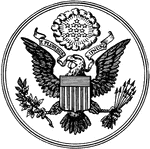
Great Seal of the United States
The Great Seal of the United States with "E. Pluribus Unum" and a bald eagle holding thirteen arrows…
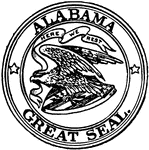
Seal of Alabama
The Great Seal of Alabama, 1911. The image depicts a bald eagle holding a banner that reads "Here we…

Seal of Alaska
The Seal of the District of Alaska, 1911. The image on the seal shows Alaska's mountains and shore.
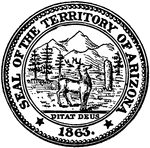
Seal of Arizona
The Seal of the Territory of Arizona, 1863. The image on the seal shows mountains, forests, and a deer.…
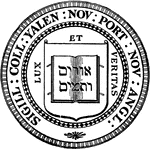
Seal of Yale University
Serious American students of theology and divinity, particularly in New England, regarded Hebrew as…
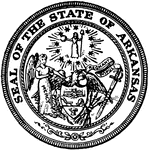
Seal of Arkansas
The Seal of the State of Arkansas. The seal shows Mercy, a bald eagle holding a shield, and the sword…

Seal of California
The Great Seal of the State of California. The seal shows Eureka with a bear cub. In the background…

Seal of Colorado
The Seal of Colorado, 1876. The seal shows The Eye of Providence and Colorado's motto 'Nil sine numine'…

Seal of Connecticut
The Seal of the State of Connecticut (Sigillum reipublicae Connecticutensis). The seal shows three grapevines…

Seal of Delaware
The Seal of the State of Delaware, 1793-1847. The seal shows a farmer, a soldier, Delaware's coat of…

Seal of District of Columbia
The Great Seal of the District of Columbia. The seal shows Lady justice hanging a wreath on the statue…
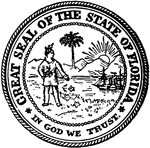
Seal of Florida
The Great Seal of the State of Florida. The image shows a Seminole Native American sprinkling flowers.…

Seal of Georgia
The Seal of the State of Georgia, 1799. The seal shows an arch with three pillars symbolizing the constitution…
